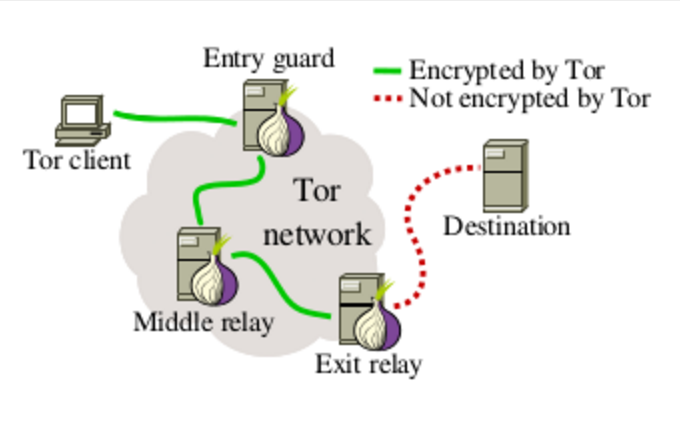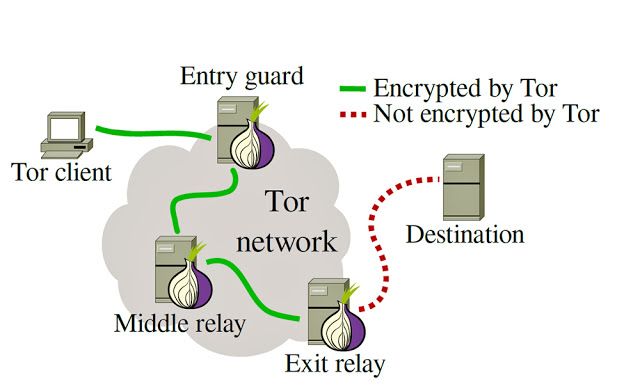Exitmap modules implement tasks that are run over (a subset of) all exit relays. If you have a background in functional programming, think of exitmap as a map() interface for Tor exit relays. Modules can perform any TCP-based networking task; fetching a web page, uploading a file, connecting to an SSH server, or joining an IRC channel.
In practice, exitmap is useful to monitor the reliability and trustworthiness of exit relays. Mainly, we use exitmap to check for false negatives on the Tor Project’s check service and to find malicious exit relays. It is easy to develop new modules for exitmap; just have a look at the file HACKING in the doc/ directory, or check out one of the existing modules.
Exitmap uses Stem to create circuits to all given exit relays, and as soon as tor notifies exitmap of an established circuit, a module is invoked for the newly established circuit. Modules can be pure Python scripts or executables. For executables,torsocks is necessary.
Finally, note that exitmap is a network measurement tool and not useful to ordinary Tor users. The Tor Project is running the tool on a regular basis, and more exitmap scans just cause additional network load. The only reason exitmap is publicly available is because its source code and design might be of interest to some.
Installation
Exitmap uses the library Stem to communicate with Tor. There are plenty of ways to install Stem. The easiest might be to use pip in combination with the provided requirements.txt file:
$ git clone https://github.com/NullHypothesis/exitmap.git $ pip install -r requirements.txt
Running
The only argument exitmap requires is the name of a module. For example, you can run exitmap with the checktest module by running:
$ ./bin/exitmap checktest
The command line output will then show you how Tor bootstraps, the output of the checktest module, and a scan summary. If you don’t need three hops and prefer to use two hops with a static first hop, run:
$ ./bin/exitmap --first-hop CCEF02AA454C0AB0FE1AC68304F6D8C4220C1912 checktest
To run the same test over German exit relays only, execute:
$ ./bin/exitmap --country DE --first-hop CCEF02AA454C0AB0FE1AC68304F6D8C4220C1912 checktest
If you want to pause for five seconds in between circuit creations to reduce the load on the Tor network and the scanning destination, run:
$ ./bin/exitmap --build-delay 5 checktest
Note that 1234567890ABCDEF1234567890ABCDEF12345678 is a pseudo fingerprint that you should replace with an exit relay that you control.
To get an overview of exitmap’s other options, run:
$ ./bin/exitmap --help
Exitmap comes with batteries included, providing the following modules:
- testfds: Tests if an exit relay is able to fetch the content of a simple web page. If an exit relay is unable to do that, it might not have enough file descriptors available.
- checktest: Attempts to find false negatives in the Tor Project’s check service.
- dnspoison: Attempts to resolve several domains and compares the received DNS A records to the expected records.
- dnssec: Detects exit relays whose resolver does not validate DNSSEC.
- patchingCheck: Checks for file tampering.
- cloudflared: Checks if a web site returns a CloudFlare CAPTCHA.
- rtt: Measure round-trip times through an exit to various destinations.
Copyright (C) 2014 NullHypothesis









